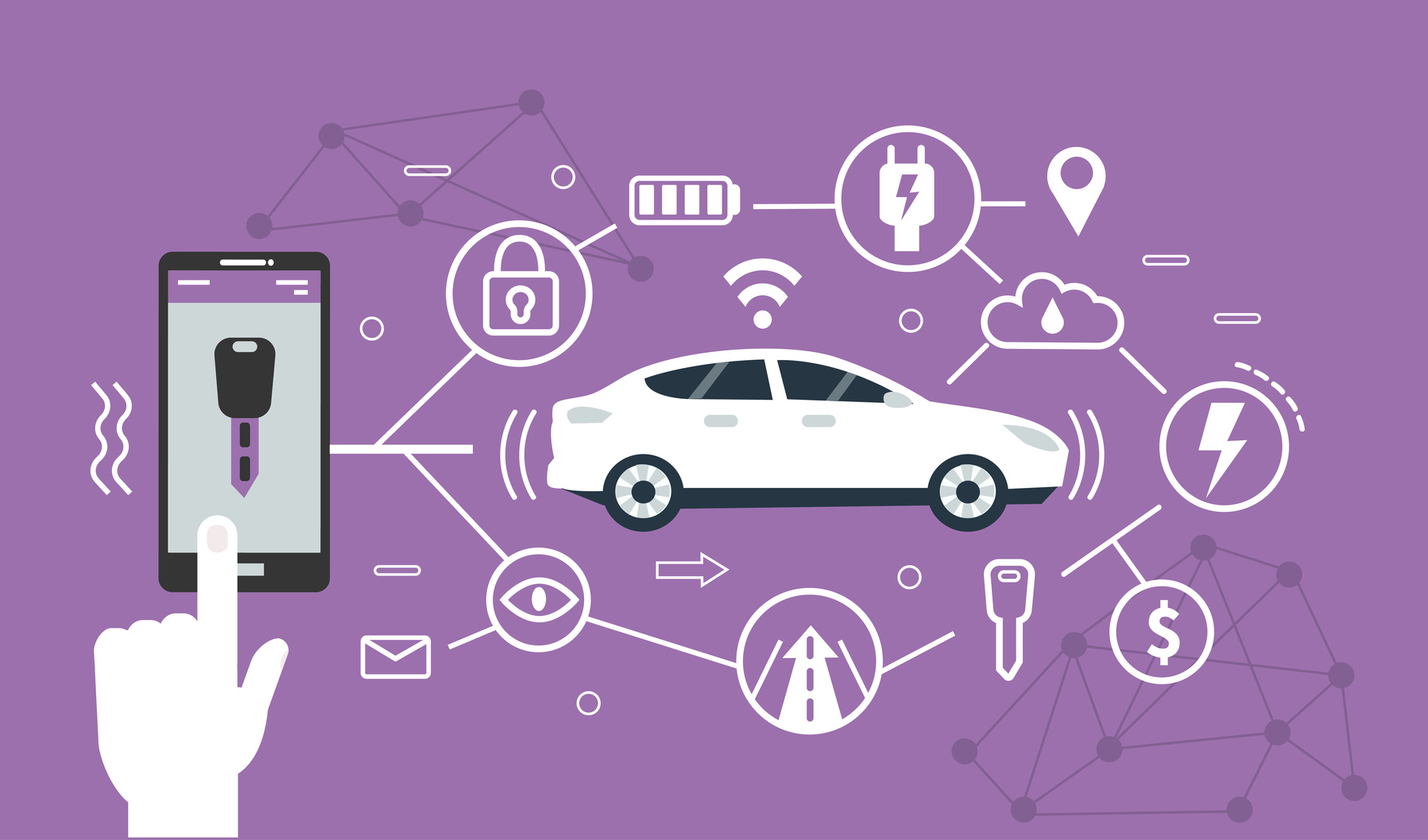
Of course the last 112 years have seen big changes in the evolution of the car but it has followed a fairly straight line.
But the next few years will see far more disruptive changes to how cars function.
In reality this change has already happened – the average new car today comes with 60 individual microprocessors and 100 million lines of software code.
By next year Gartner estimates that one in five cars on the road will have an awareness of their own performance, their position and what is going on around them.
The arrival of self-driving cars is happening in front of us.
HPE expects this change to be powered by connectivity between vehicles using a universal Internet of Things platform.
Apart from making cars safer this will also allow truly integrated transport systems better able to adapt and deal with fluctuating demand and traffic. By adding other data, like weather forecasts, journey times could be further reduced.
This connectivity will also revolutionise car maintenance by providing the detailed data to allow predictive maintenance based on the performance of all similar vehicles.
Cars could also provide data on road quality to allow councils to carry out predictive maintenance of road surfaces too.
While the last one hundred years of the car and the internal combustion engine have made oil the literal life blood of most economies, the next stage will push data to the centre of the economy.
One question still to be answered is whether existing car manufacturers keep control of this data or if it is opened up.
It seems likely that there will be irresistible pressure to provide access to third parties both in order to create new types of services and to provide new revenue streams.
Governments will also play a role because they will want data access in order to improve how they provide the roads and also ensure vehicle safety.
The old types of testing will be made irrelevant with open access to car monitoring systems which can carry out all the tests currently done by an MOT testing station.
Cars might have to pass an emissions test every time they are started, not just once a year.
So while media attention is focussed on self-driving cars the far more important change is happening quite literally under the bonnet.
Who exactly is driving might turn out to be far less important than turning cars into data sources and processors. By driving and collecting data they will be creating a valuable resource in their own right.
And what happens to that data, who controls it, what services it provides will create far more disruptive changes to the automotive industry and to how we travel than any increase in cars’ ability to drive themselves.






